Can you solve riddle of Cork outing photo?
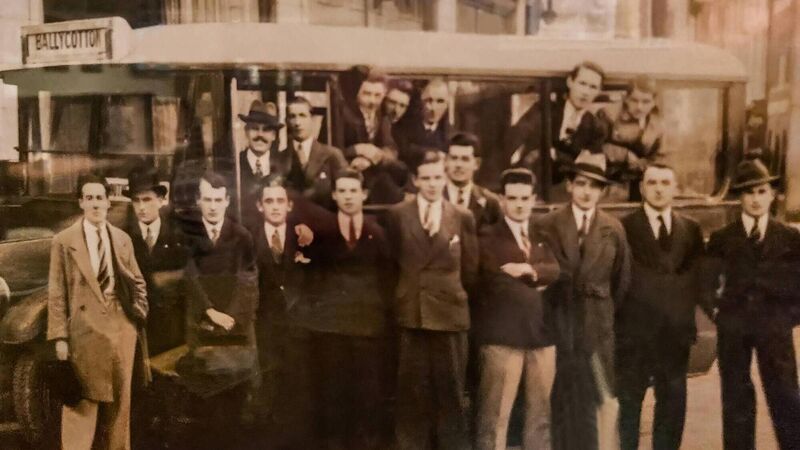
This photo, found hanging in the West Wicklow pub in Blessington, shows a group heading to Ballycotton, having met at Cash’s in Patrick Street. Can you identify any of these smart men? Picture supplied by Mark Higgins
READER Pat Kelly, that great repository of Cork history, enjoyed the discussion on the older names of Parnell Place, and the plaque still in situ calling it by its former name of Nelson’s Quay.
He reminds us that there are many more clues to this city’s past still to be found in the street names, if you stop to think as you read them, rather than just passing by unaware.
“For example, Fenn’s Quay on Sheares Street,” said Pat. “At one time that was an open waterway which was later culverted and filled in to form a very desirable area called Nile Street.
“And the later Sheares name? Well, the Sheares family had a business there, and the Emmets had a house there too, at the corner of Sheares Street and Grattan Street. Thomas Addis Emmet was born here, but later the family moved to Dublin, which is where Robert Emmet, our famous orator (executed by the English 220 years ago) was born.
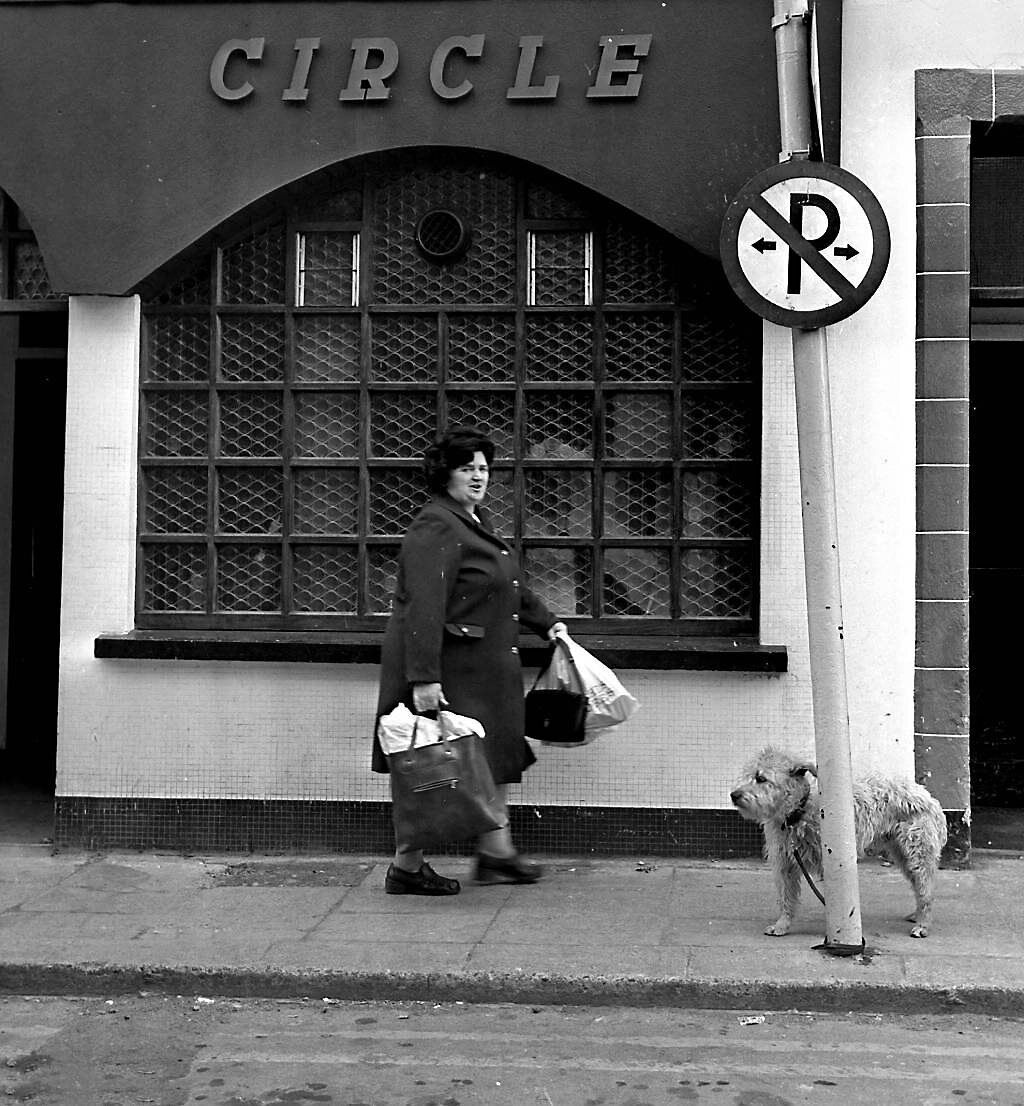
“Drawbridge Street, remembering a bridge across what is now Patrick Street?
“And then there is Carrolls Quay, which has a long and fascinating history. John Carroll, a Quaker, came here in the 1760s and set up business on what was then known as The Green Marsh, where the Kiln river flowed into the Lee. The Carrolls became involved in the timber business and Carroll’s Bridge was constructed across the Kiln in 1782 (it is still commemorated by a stone marker - go look for it).
“The quayside, however, didn’t receive the family name until the 1830s, though - before that it was called Frenche’s Quay,” adds Pat.
The Carrolls continued their timber trading here, importing supplies from as far away as the Baltic and later from North America.
“Can’t you imagine the ships from foreign ports sailing up the Lee to that quayside with their heavy loads?” asks Pat.
“In the early 19th century, Joshua Carroll was appointed to the Cork Harbour Commissioners, which must be a clear indication of the family’s standing in local society.
Later, though, as the city expanded, and space was in demand for wheeled vehicles rather than water-borne ones, Carroll’s Quay was culverted and filled in, providing the busy traffic route of several lanes up and down which the cars and lorries of today roar constantly.
Pat adds: “It’s a far cry from the peaceful quayside of the 18th century - but then, was it that peaceful? Ships tying up, sailors shouting, trades-men crying their wares, goods being unloaded…?
“Still, next time you’re visiting the Cork Arts Theatre or utilising the car park, spare a moment to remember the old days and the river which still runs below that Tarmac.”
And now to more modern themes, namely those beat clubs of the 1960s.
Milo Carr adds to the discussion on which one came first.
“I think the Crypt Club opened on February 26, 1966, and you needed to register and get a card to be allowed in,” he said.
A card for entry? Who remembers those cards you had to have to gain entry to dances in different parts of the city?
Pres, the CCYMS, St Francis Hall - they all required membership before you could be admitted.
Reminds me of the Five Club on Harcourt Street in Dublin the early ’60s. You had to be a member to get in, but how could you become a member if you weren’t allowed in to sign up? This writer put that argument as persuasively as possible to the bouncer on the door back in 1965 and eventually he relented, allowing me in to sign up (and presumably pay a fee).
Pat Egan, now a big name in show management, was the DJ back then, in that dark little cellar under the road at 5, Harcourt Street. Remember those days, Mr Egan?
Now, another query comes from Katie O’Brien.
“I seem to remember Monty Kinmoth or Kinmonth in connection with the club scene. Did he run a club upstairs in McCurtain Street in the later ’60s? Does anyone else remember his place?”
Mark Higgins spotted a very interesting picture hanging in the West Wicklow pub at Blessington (see facing page) and quickly took a shot of it for us.
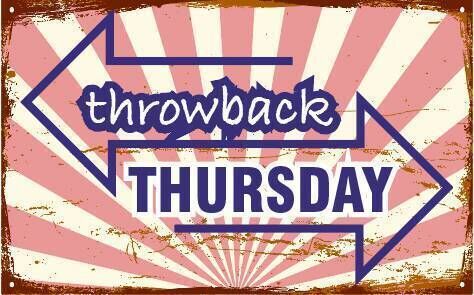
“I wonder if any of your readers might be able to identify the people in this?” he asks.
“I’m from Shandon Street myself originally, but moved to Dublin in 1987.”
It’s a fascinating image, Mark, and raises so many questions. Taken outside Cash’s (now Brown Thomas) on Patrick Street, that much is clear enough, but what else?
The bus is marked as heading for Ballycotton, but it’s an old vehicle, isn’t it? What date? All young men in their good suits there, not a woman to be glimpsed.
Come on, stalwart readers of Throwback Thursday, give this one your best try! And sincere thanks to you, Mark Higgins, first for spotting it, then for capturing it on your phone, and finally for sending it in here to us.
If we can, between us, shed some light on it, then it will be great.
But what, we wonder, was it doing hanging on the wall of that Wicklow pub? An expat who moved away from De Real Capital and headed for the sunny climes of Wicklow? A treasured relic of younger days?
Our mention last week of radio shows such as Dan Dare, Pilot of the Future, prompted Jerry Holt to remind us of Dare’s sworn foe: “His arch enemy was The Mekon. Recently, my grandson got a yoke for his birthday called a ‘hoverboard’. He looked exactly like the Mekon as he ‘floated’ cross-legged around the house!”
Recent Throwback Thursdays also reminded Jerry of various named trains that used Cork’s Kent Station many years ago.
“There was The ‘Cobh Goods’ that got lost after a ferocious storm. And The ‘Flying Saucer’, the last passenger train in the evening that came from Thurles.
It was so called because the crew used to go like billy-oh to arrive in Cork in time for the last pint in Handlebars!
There were Hospital trains, going up west to Knock, Jerry reminds us, radio trains with built-in entertainment (yes, younger readers, there was a time before everything was loaded on to that little object in your pocket), ‘refugee trains’ from the North, the ‘Paper’ trains bringing down the Dublin evening newspapers, and also the sugar beet trains from East Cork that had to build up speed to get up the hill to Rathpeacon, so they came roaring straight through the passenger station on Lower Glanmire Road, to the astonishment of the public; and the seaside specials to Youghal, which so many readers remember.
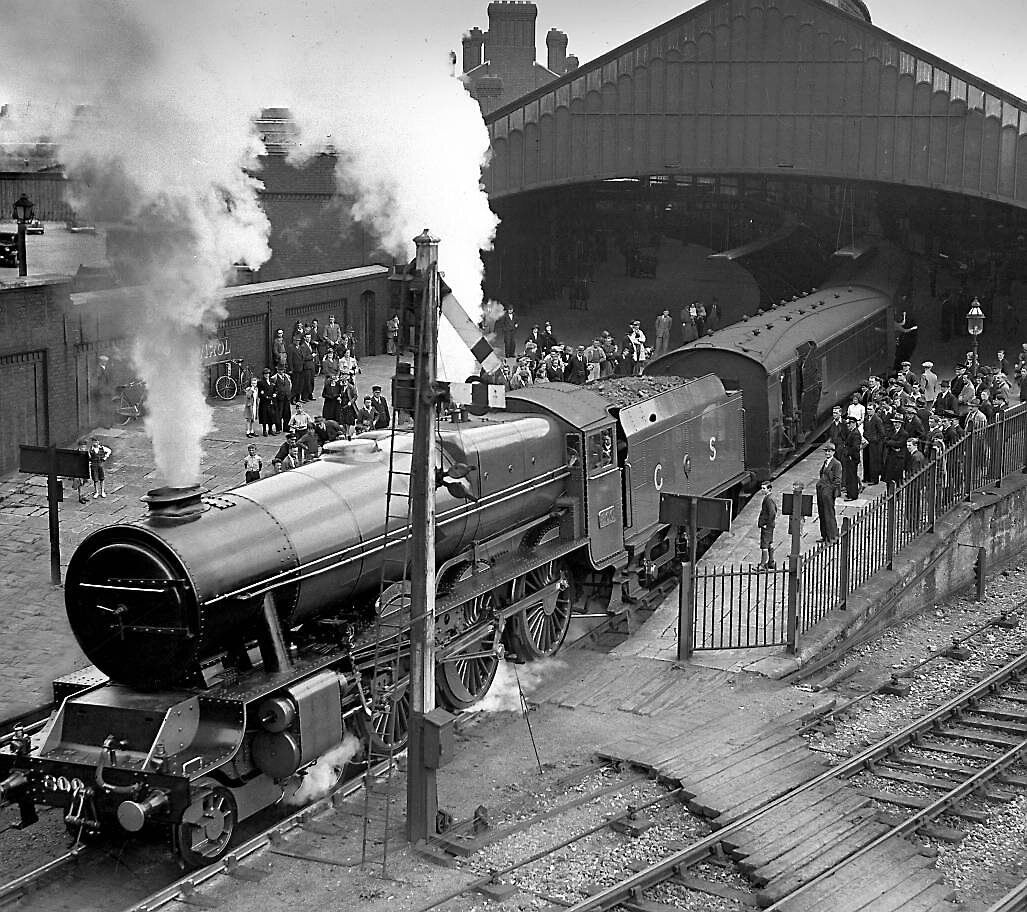
Jerry adds: “And of course the fabulous TPO’s (Travelling Post Pffices) where, on the last leg from Mallow, legendary card games were played by the mail sorters and the armed special branch guards. The TPOs were, of course, part of the Night Mail.”
Those Corkonians who wanted to send a late letter urgently could nip down to Kent Station up to around 9pm and post their missives directly into a slot on the side of the Night Mail, with an extra halfpenny stamp stuck on to pay for this convenience.
As an ex-railwayman himself, with many rich memories of his working life, Jerry wonders who else remembers these specially named monsters of the iron way?
He courteously mentions how much he enjoys dipping in to Follow The Old Road (the book published by this writer and Richard Mills for O’Brien Press in 2018, and, as we speak, being reprinted).
“I actually did the Butter Road trip many years ago by car,” says Jerry, “all the way from the Firkin Crane at Shandon, out through Rylane, into Millstreet and onwards.”
Ah, the old routes and the old ways, Jerry. Nothing like them!
And now to the evergreen topic of long ago summer holidays. Like so many of us, Patrick O’Donovan has happy memories, and he writes to ask if anyone else has recollections of this particular location in one particular summer.
“Maybe one of your readers can help. I have a memory of spending a holiday with my parents in Inchigeelagh, I think in the late ’50s or early ’60s. There was an effort by the community there to establish a type of holiday camp, or village at the time. I remember we stayed in Creedon’s Hotel.
There was a holiday director who I think was called Declan. He organised events for the holiday-makers to enjoy. I recollect boating on the lakes, a visit to Gougane Barra among others. At night there was entertainment in the local hall, ceilidhs and the like.
“I’m wondering if anyone has further information as I was about 14 at the time and my memories are a bit hazy.”
Well, you were fortunate enough to lock into a particularly memorable summer in Inchigeelagh, Patrick, and one that we in Throwback Thursday revisited a year or so back. Yes, it was April 2, 2021 when we ran it.
Here is an excerpt for you, and for any other reader who might want to recall those glory days of the summer of ’59. It came after a discussion of well-loved family cars, and those chosen by parents to fit the entire family, plus baggage, dogs, and everything else.
In this writer’s family, it was a battered and vintage American Studebaker that required much pushing and coaxing even to start, but did have plenty of room inside - as was needed that year:
“The Studebaker became affectionately known as the Kerrigan Bus down in Inchigeelagh that summer of 1959, when Johnny Creedon was determined to make the place the new holiday centre of the south.
“Tim Cramer, then an energetic young reporter with the Examiner and Echo, along with pal Bill O’Herlihy, also on the staff of De Paper, but later to go on to sports reporting fame at RTÉ, has written lovingly of that great summer and its founding father, Johnny Creedon, in his book, The Life Of Other Days.
‘At Johnny’s suggestion, we travelled to Gougane to climb Cam Rua, journeying in Joey (Kerrigan)’s old Studebaker, filling the boot as well as the interior, and drawing a long, wondering look from the solitary garda in Ballingeary as he saw legs protruding from the back of the venerable wagon.
“Presumably, he knew either the car or its owner, because the decent man took no further notice.’ “
That’s your memorable summer, Patrick, but there must have been others who were there.
A great number of Legion of Mary members poured down to help create the attraction. There certainly was an energetic young schoolteacher called Declan, although his surname escapes me right now, also a Jim Ivers, Josephine O’Herlihy, Jerry Barrett… Was there a Plunkett Mullins?
Who else out there can remember that summer of 1959, when such a spirited and willing group helped Johnny Creedon to build a swimming pool in the lake, organise platform dances, and set the whole place up as the holiday centre of the future?
Surely some of those who cheerfully sat in the huge boot of the Studebaker as it splashed across streams and up bumpy tracks, danced in the village hall, and sang at concerts on Cool Mountain, have happy memories to share as well? Let’s hear from you if you do. John Creedon of RTÉ, was that too early for you? Maybe it was. You might throw in your tuppenceworth!
Tell us your memories! Email jokerrigan1@gmail.com. Or leave a comment on our Facebook page: https://www.facebook.com/echolivecork.


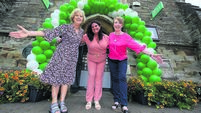




 App?
App?


